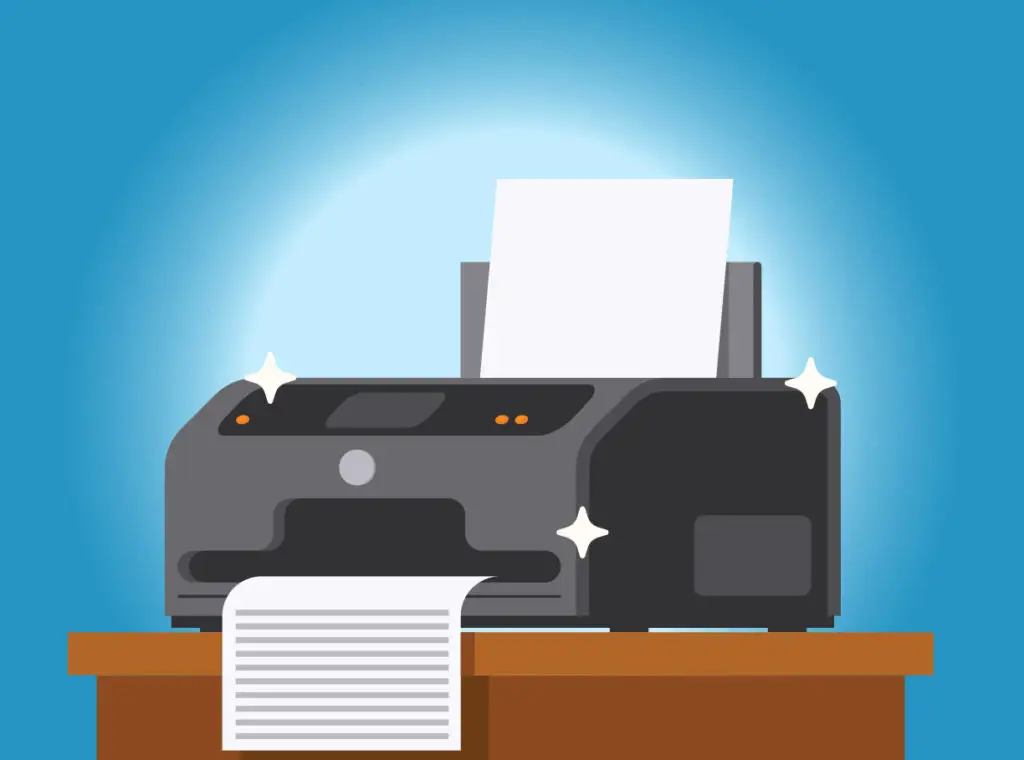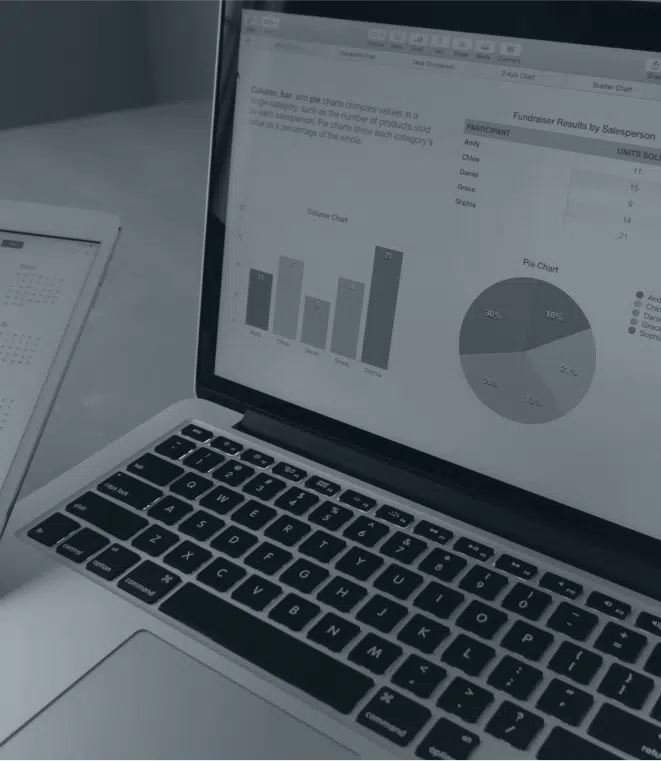How long have you had your home printer? Maybe you have a printer that came as a package deal with your desktop or free with your laptop purchase. Look in many home offices and you’ll probably see a less-expensive inkjet printer sitting beside even the swankiest monitor. Here’s why it’s time for an upgrade.
You should know that printers are often sold at cost or even as a loss leader (below cost to get your business). After all, once you get that cheap/free inkjet printer, you’ll pay for ink cartridges for the life of the printer. To make sure they get your money, manufacturers often sell new printers with half-empty ink cartridges from the start!
You’ve heard “you get what you paid for,” right? Well, that’s definitely true for low-cost printers. Manufacturers are cutting production costs to keep the price down. These printers are not built with longevity in mind. Printer owners encounter all kinds of problems:
- multiple sheets pulled from the paper tray at once;
- paper jams;
- slow printer response;
- drop off in print quality;
- ink smearing.
Frustrated customers soon discover they’ll pay more to fix their printer than they would to buy a new one.
Upgrading to an office-grade printer
Our solution? High-performance commercial printers. Office-grade printers are designed as work horses. These robust printers are built to withstand heavy use with speed and reliably. Yes, they cost more, but they are also less prone to problems and more likely to be a long-term valuable addition to your home office.
You’ll have many printer profiles to choose from. You might select a printer based on its pages-per-minute printing speed. Or maybe you want a larger paper tray capacity and bigger ink cartridges. Depending on your needs, you might want a printer that allows for simultaneous operation. That would let one person print while another is able to scan or copy. Built-in Wi-Fi could also be useful in small home offices if you’re tired of tripping over so many unsightly cords.
While you’re in the market for a new printer, know that we recommend laser printers over inkjet. Laser printers use a dry toner rather than wet ink. The toner cartridges are more expensive, but they print more sheets per cartridge than inkjets, plus, toner doesn’t dry up like ink. And you don’t have to worry about the printer heads getting blocked.
Lasers print faster, and you’ll have fewer problems, which means these printers are typically less expensive to operate long-term.
Inkjet printers typically have a minimum life span of three years, whereas you can expect a laser printer to last five years, although this will depend on frequency of use, of course.
When looking at laser printers, give serious thought to whether you need a color printer. How many times do you actually use color? Does it merit the added expense of that option? People who are printing photos at home only occasionally could probably get their images printed professionally for less overall cost.
Prioritize your printer
Even in our increasingly digital world, there are still times when we want to print. Whether it’s a family photo, school report, resume, or slide deck, you want to count on your printer for high quality and reliable performance.
There are many, many office-grade printers to choose from, and it can become overwhelming. What and how much you print should factor into your decision.
Find the printer for your budget that will last long term with help from our experts.


